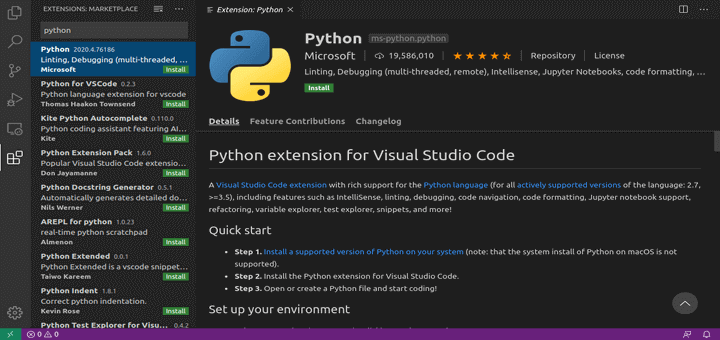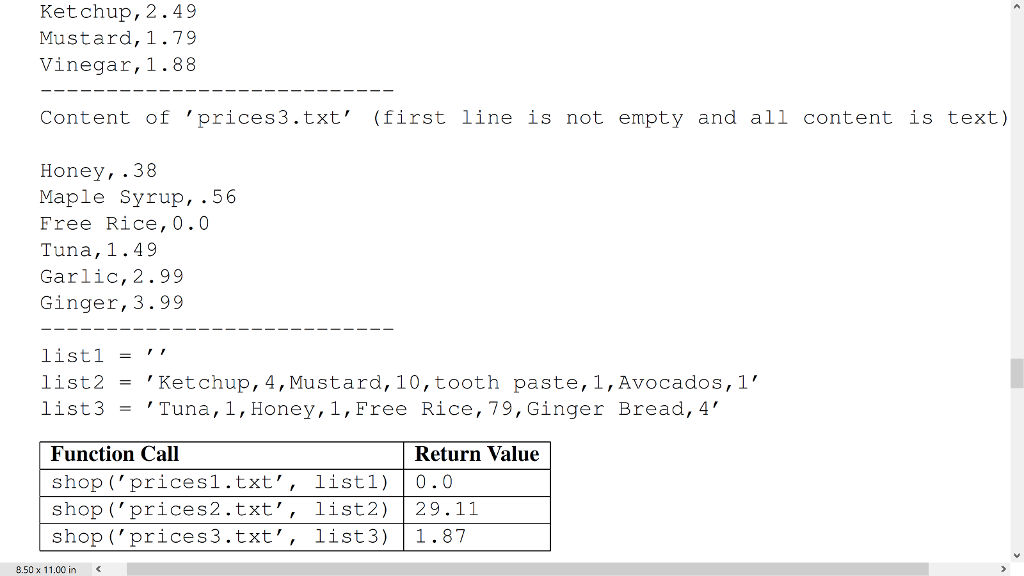

- #PYTHON 3.5 DOWNLOAD SOURCE CODE HOW TO#
- #PYTHON 3.5 DOWNLOAD SOURCE CODE INSTALL#
- #PYTHON 3.5 DOWNLOAD SOURCE CODE UPDATE#
- #PYTHON 3.5 DOWNLOAD SOURCE CODE FULL#
Since v7.8, SCIP is now integrated so you won't have to install it manually. Then enter: tools\make third_party Using SCIP Open a terminal and navigate to the directory where you extracted the files. Git fetch -all -tags -prune git checkout tags/v7.5 -b v7.5īefore building OR-Tools, you'll need to build the required third party software. You can check out a specific release using a Gitįor example, to work with the v9.3 release instead of the master branch,Įnter the following commands in your local repo:
#PYTHON 3.5 DOWNLOAD SOURCE CODE FULL#
Warning: The full path to the installation directory

When installing CMake, select the option for a command-line accessible cmake. X64 Native Tools Command Prompt ( not the Developer Command Prompt).ĬMake (>= 3.5), which can be downloaded from To build OR-Tools programs from the command line you must use a On your computer with the C++ toolset for Visual Studio. To build and run OR-Tools on Windows, you must have Visual Studio 2019 or later installed The following sections describe the prerequisites for installing OR-Tools from source. Microsoft Visual Studio 2019 or Visual Studio Community 2019.Microsoft Visual Studio 2022 or Visual Studio Community 2022.Them on machines meeting the following requirements: Unless you plan to modify the source code or use a third-party solver with OR-Tools,Īlthough these instructions might also work on other Windows variants, we have only tested
#PYTHON 3.5 DOWNLOAD SOURCE CODE HOW TO#
savefig ( "Measurements.This guide explains how to install OR-Tools from source, with support for Turn that into a pandas DataFrame and plot that (requires matplotlib and pandas): import time import datetime import pandas import matplotlib.pyplot as plt from bme280pi import Sensor measurements = for i in range ( 20 ): measurements = sensor. query the sensor every 10 seconds, and add the results to a dictionary, and then Note that all commands support user-specified units, e.g. Just the humidity ( sensor.get_humidity()).

Just the pressure ( sensor.get_pressure()), or You can also just get the temperature ( sensor.get_temperature()), With temperature, humidity, and pressure readings. You can then use the sensor object to fetch data, sensor.get_data(), which will return a dictionary You can initialize the sensor class as follows: from bme280pi import Sensor sensor = Sensor () If you want the latest version, you can check out the sources and install the

You can then install this module by running pip install bme280pi Installing From Source Install This Module Installing With pip (Recommended) You are now ready to connect the BME280 sensor. Disconnect your Raspberry Pi power supply. Then, shut down your Raspberry Pi: sudo halt.
#PYTHON 3.5 DOWNLOAD SOURCE CODE UPDATE#
Sudo apt-get update & sudo apt-get install -y python-smbus i2c-tools Answer the question if you'd like the ARM I2C interface to be enabled with "Yes"įor a walk-through with screenshots see the references below.Highlight the "I2C" option, and activate "Select" (use tab).Bme280pi: the BME280 Sensor Reader for Raspberry Pi How to Install Enable the I2C Interface


 0 kommentar(er)
0 kommentar(er)
